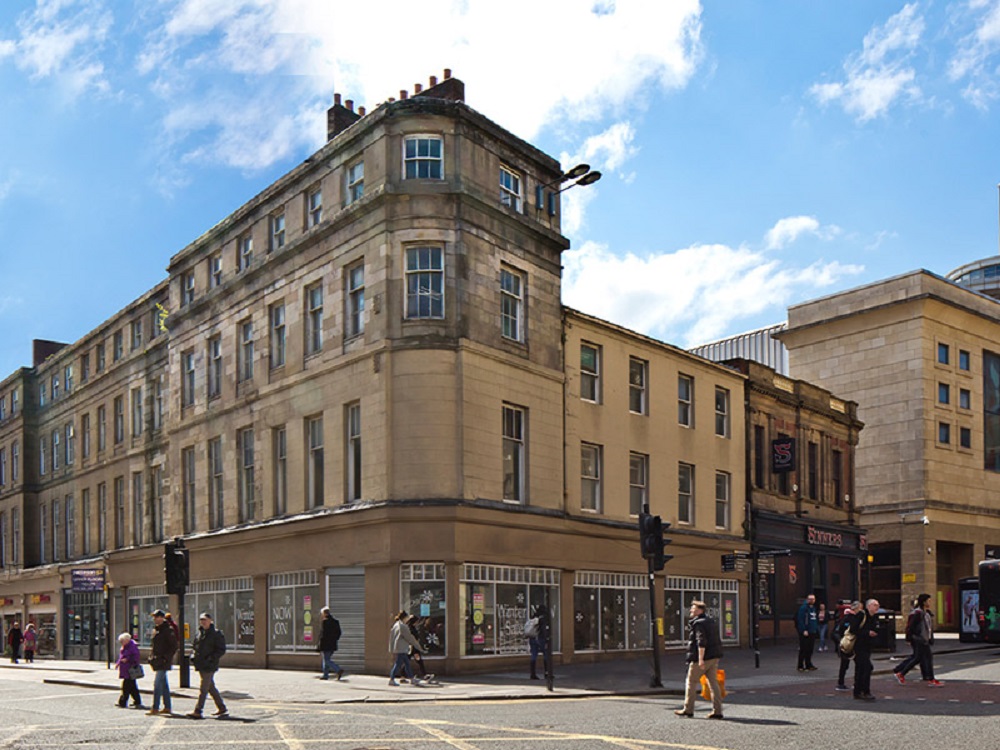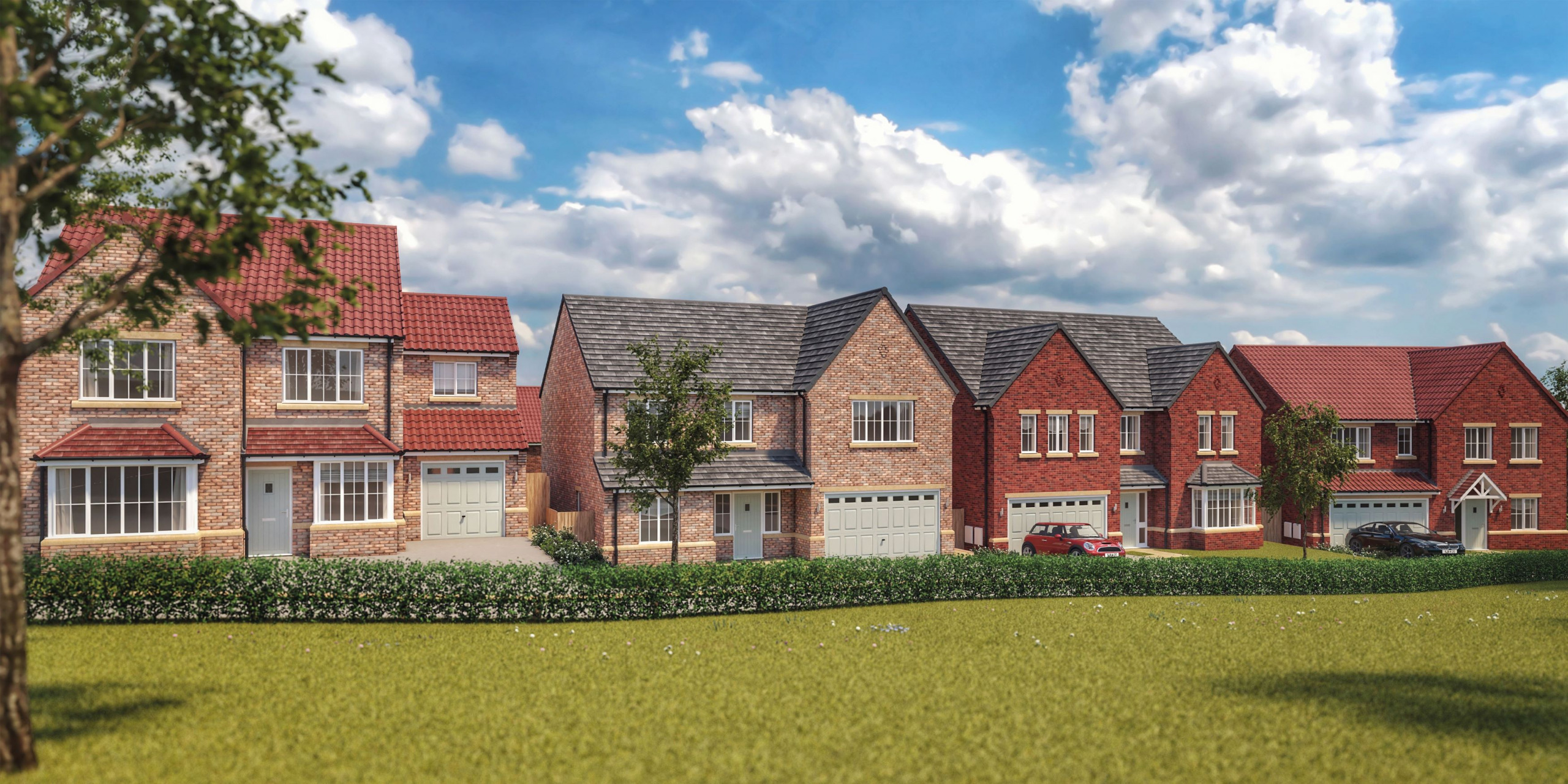
Planning for heritage
The redevelopment of heritage properties requires a deft hand when it comes to planning, says Sean Hedley, managing director, Hedley Planning Services – and several projects demonstrate the requirement for a unique approach and requisite experience.
As increasing numbers of our older buildings are repurposed or transformed to meet the needs of modern life, effective heritage planning is a key stepping stone to project success. Careful and sensitive planning lies at the heart of strategies aimed at regenerating areas of our towns and cities that have fallen into decline, supporting communities and clients as they decide how to best manage their heritage legacy or reinvent local neighbourhoods.
Any requisite planning justification must consider the overall significance of the building, any Conservation Areas, neighbouring heritage assets and its setting as well as understanding impacts. It should outline what is of high, medium and low significance, adding to the overall understanding of the building, its fabric and how this has changed over time.
An experienced planning consultant will make sure you understand the heritage issues from the outset, helping to bring forward a scheme that is far more likely to secure planning permission from the outset. Impartial advice on your proposed development at all stages of the process – reflecting expert input and tweaking designs to make sure plans are realistic from a heritage viewpoint – will be an important element in the overall approach.
It’s clear there’s no substitute for experience and sector expertise when it comes to planning for success, as our involvement in two projects in Newcastle demonstrates. On behalf of Belgravia Investment Group Limited, our proposals to repurpose 1 Old Eldon Square will see a Grade II* listed building constructed in the first half of the 19th century transformed into a vibrant new café/restaurant with exterior seating overlooking Old Eldon Square with the upper floors put to good use as an Apart hotel in this important city centre location.
Plans take into consideration sensitivities surrounding the building’s history and unique location in the heart of the city, promising to deliver a relevant new scheme that reflects how heritage features, including fireplaces, cornices and other fixtures and fittings, can be effectively incorporated, retained or preserved in modern re-imaginings of classical styles.
And of course, good heritage planning embraces new sensitive development as well as preserving the old.
For example, the site of the former Grade II-listed Allied Irish Bank (AIB) headquarters in Newcastle’s Collingwood Street is being sensitively transformed into a ground and mezzanine floor bar and restaurant complex for 100 diners together with 12 serviced apartments, a gym and cycle storage – redevelopment plans are carefully crafted to retain the attractive Victorian frontage. We worked closely with the developer Portland Real Estate Group to deliver a heritage-led planning solution that embraces the past while simultaneously heralding a new chapter of 21st century opportunity and success.
We have also produced a supporting statements to accompany the planning and listed building applications for the proposed alterations to Grade II listed, elegantly curved 36 – 40 Clayton Street in Newcastle. Our work has concluded that the submitted proposal represents sensitive enhancements to the significance of the listed building and that no harm has been identified. Therefore, the proposal will meet the statutory and policy tests by sustaining the significance of the setting of the designated heritage assets.
Our work sees a comprehensive appraisal of the development proposal in terms of its design, scale and layout. This is provided as part of a holistic design and access statement to deliver a scheme balancing the pressing needs of regeneration to ensure a building that’s fit for new use while complying with important issues laid out under local development plans.
As planners, we always want to see the creation and successful delivery of heritage projects that leave a long-lasting legacy. It’s in our DNA. In achieving this, we are able to make a valuable contribution to clients’ plans and design ambitions, reducing the likelihood of objections on heritage grounds and in doing so, helping to transform our listed buildings and historic properties for generations to come.




